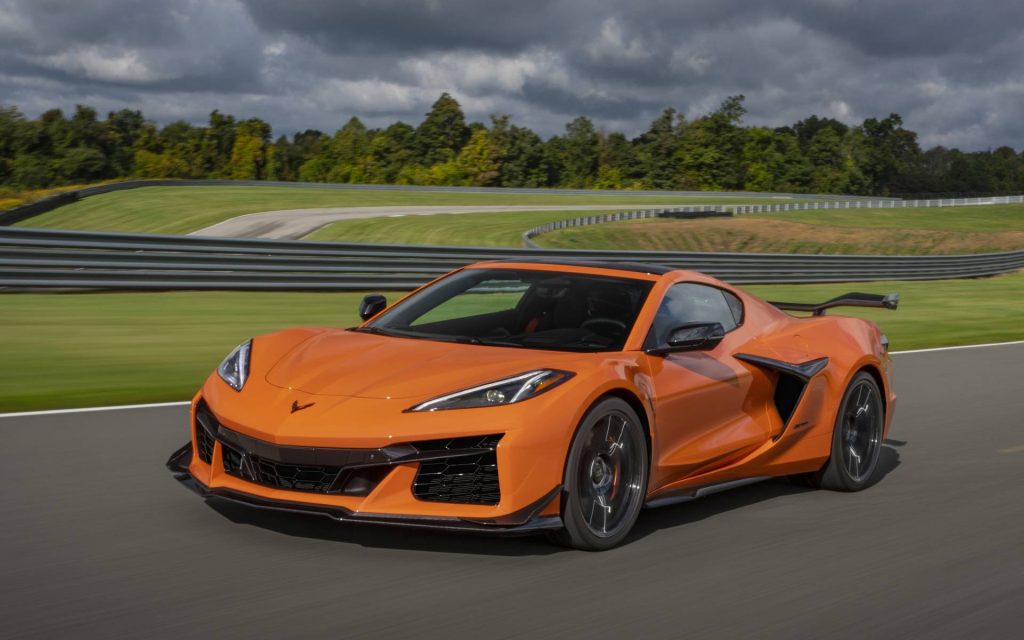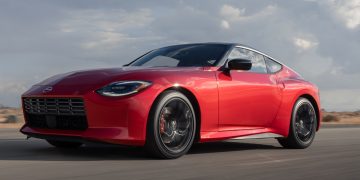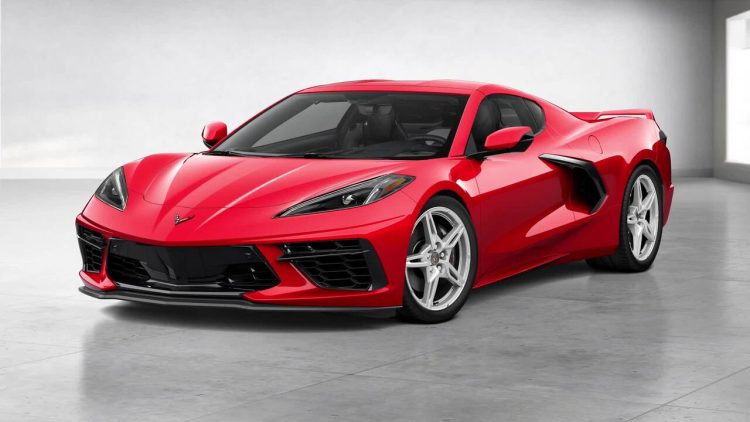Iconic Models
Cars have always held a special place in the fabric of popular culture, transcending their utilitarian purpose and evolving into symbols of status, freedom, and identity. Some cars go beyond just being vehicles—they become icons, symbols of an era or movement, and even part of the cultural zeitgeist. Among the most iconic models in automotive history are the Chevrolet Corvette, the Ford Mustang, and a handful of other cars that have cemented their places in history. Let’s explore what makes these models so significant and how they achieved their iconic status.
Chevrolet Corvette
First introduced in 1953, the Chevrolet Corvette quickly captured the hearts and imaginations of Americans. Its sleek design, powerful engine, and relatively affordable price for a performance car made it a symbol of American automotive engineering. The Corvette’s cultural significance has only grown with the passage of time. It represents not only the spirit of post-war America but also the aspirational dream of car ownership that encompasses freedom, speed, and sophistication. Over the years, the Corvette has evolved with the times, maintaining its position as a symbol of high-performance, American pride, and sports car enthusiasts.
Its significance in pop culture has been reinforced through its appearances in films, television shows, and advertisements, where it is often portrayed as the car of choice for the successful, adventurous, or rebellious characters. Films like The Graduate (1967), Corvette Summer (1978), and numerous action-packed thrillers have kept the Corvette in the limelight. The car’s longevity and ability to adapt to the times while staying true to its heritage have solidified its place as one of the most iconic cars in history.
Ford Mustang
The Ford Mustang, introduced in 1964, is often considered one of the most recognizable and influential cars in American history. It helped define the “muscle car” era, characterized by powerful engines, aggressive designs, and a youthful, rebellious spirit. The Mustang’s initial success was a testament to Ford’s ability to tap into the zeitgeist of the 1960s, a time of social change, youthful energy, and a desire for personal freedom. Its affordable price, coupled with its performance, made it accessible to a wider range of buyers, particularly younger drivers, who saw the Mustang as an expression of their independence.
The Mustang’s cultural significance extends far beyond its initial success. It has been featured in countless films, television shows, and music videos. One of the most famous instances is the high-speed chase scene in Bullitt (1968), where Steve McQueen’s iconic Mustang GT fastback became synonymous with coolness, masculinity, and action. This moment in cinema elevated the Mustang to a whole new level of cultural significance. Like the Corvette, the Mustang’s connection to freedom, performance, and rebellion continues to resonate with new generations of drivers, making it a timeless symbol of American car culture.
Other Iconic Cars
While the Corvette and Mustang are perhaps the two most famous American performance cars, many others have achieved iconic status over the years. For example, the Volkswagen Beetle, with its unmistakable shape, has become a symbol of counterculture and individuality. Initially launched in the 1930s, the Beetle gained widespread popularity in the 1960s, particularly among the youth who saw it as an expression of freedom and a rejection of mainstream American values.
The Porsche 911, introduced in 1964, has also become an icon in the world of performance and luxury cars. Known for its unique design and exceptional handling, the 911 has become synonymous with precision engineering and exclusivity. It’s a car that commands respect among automotive enthusiasts and remains a symbol of achievement, wealth, and refinement.
The Jeep Wrangler, too, has earned iconic status through its association with adventure, ruggedness, and military history. With its unmistakable design, the Wrangler represents the spirit of exploration and the American outdoors, becoming the go-to vehicle for off-road enthusiasts.
Cultural Significance
What exactly makes a car a cultural symbol? To achieve iconic status, a car must possess certain qualities that resonate with the collective consciousness. These qualities include innovation, symbolism, and the car’s ability to reflect or shape societal values. Iconic cars tend to represent more than just their function as transportation—they become extensions of the values, dreams, and aspirations of the people who drive them.
Innovation and Design
The first key to an iconic car is innovation. Whether through cutting-edge technology, exceptional performance, or groundbreaking design, the most iconic cars push the boundaries of what was previously possible. The Corvette, for instance, set new standards for American sports cars with its combination of performance and design. Its low, wide stance and aggressive lines made it an instant head-turner, and its ability to combine affordability with speed made it a game-changer.
Similarly, the Ford Mustang became an instant sensation not only because of its power but also because of its unique design. The Mustang was one of the first cars to combine sporty performance with mass-market appeal. Its distinctive long hood and short rear deck made it instantly recognizable, and its affordability allowed it to reach a broad demographic, particularly young drivers. The Mustang wasn’t just a car; it was a statement.
Innovation isn’t just about raw performance; it also encompasses how a car fits into the changing landscape of society. The Volkswagen Beetle, for example, was initially designed as a cheap, reliable car for the German masses. After World War II, the car became a symbol of hope and progress. The Beetle’s compact size and quirky design made it a popular choice among postwar generations, especially as a symbol of individuality and rebellion against traditional norms. Its longevity and enduring popularity make it one of the most recognized and beloved cars in history.
Symbolism and Identity
Cars become iconic when they symbolize something larger than themselves. They represent aspirations, ideals, and values that transcend their physical components. The Chevrolet Corvette is not just a sports car—it’s a symbol of American engineering and innovation. It represents the American dream of personal freedom, success, and the thrill of the open road. Similarly, the Ford Mustang is not just a fast car; it’s a symbol of youth, rebellion, and the desire for independence. For many, owning a Mustang was about more than just possessing a car—it was about embodying the spirit of adventure and self-expression.
Some cars also gain iconic status by becoming associated with particular cultural movements. The Volkswagen Beetle, for instance, was embraced by the counterculture movement of the 1960s. Its design and affordability made it an ideal choice for young people who rejected the conventional, materialistic ideals of the postwar generation. The Beetle became a symbol of rebellion, freedom, and non-conformity. It was more than just a car—it was a statement of personal and political identity.

The Role of Media and Pop Culture
A car becomes iconic in part because of its portrayal in the media. Whether it’s in movies, television shows, music, or advertising, the way a car is presented to the public can elevate it to legendary status. The Chevrolet Corvette, for instance, has been featured in countless films, television shows, and even music videos. Its role in pop culture has only strengthened its position as one of the most iconic cars in history.
The Mustang’s appearance in the 1968 film Bullitt is one of the most famous examples of how a car can transcend its function and become a cultural symbol. Steve McQueen’s high-speed chase through the streets of San Francisco, behind the wheel of his iconic Mustang, cemented the car’s status as the epitome of cool. The car’s role in the film helped to define the Mustang as a symbol of masculinity, independence, and rebellion.
Similarly, the Volkswagen Beetle’s portrayal in films like Herbie: The Love Bug (1968) contributed to its cultural significance. The Beetle’s quirky, endearing personality helped solidify its status as a car that was beloved by the masses, especially young people who saw it as a symbol of fun and individuality.
Music videos have also played a significant role in popularizing cars. The Beach Boys’ song “Little Deuce Coupe” from 1963 immortalized the car as a symbol of youth and freedom. The Mustang, Corvette, and many other classic cars have featured prominently in music videos, further solidifying their status as symbols of aspiration and success.
Enduring Popularity and Relevance
The most iconic cars manage to remain relevant even as time passes and society changes. They evolve with the times while retaining the qualities that made them great in the first place. The Chevrolet Corvette, for example, has undergone numerous redesigns over the decades, but it has always stayed true to its roots as a high-performance American sports car. The Ford Mustang has similarly adapted to the changing automotive landscape, embracing modern technology while maintaining the spirit of the original design.
Even cars that may not have been as popular at the time of their release can achieve iconic status later on. The Volkswagen Beetle, for example, was initially a relatively modest car that gained popularity slowly over time. It wasn’t until the 1960s that the car became a true cultural symbol, thanks to its association with the counterculture movement. Since then, the Beetle has maintained its popularity and remains an iconic symbol of individuality.
The Jeep Wrangler, too, continues to be a symbol of adventure and ruggedness, despite the changing automotive market. Its unique design and off-road capabilities have kept it relevant with outdoor enthusiasts and car lovers who value its connection to freedom and exploration.
Conclusion
Cars are far more than just modes of transportation—they are symbols of culture, identity, and aspiration. What makes a car iconic in pop culture is its ability to transcend its mechanical function and become a cultural touchstone. From the Chevrolet Corvette and Ford Mustang to the Volkswagen Beetle and Porsche 911, iconic cars represent more than just their performance—they embody values, dreams, and the spirit of their time. These cars are able to evolve with changing tastes and technologies, maintaining their relevance while continuing to inspire new generations of drivers. The legacy of these cars goes beyond their design and engineering—they have become cultural symbols that will continue to resonate for years to come.


































Discussion about this post